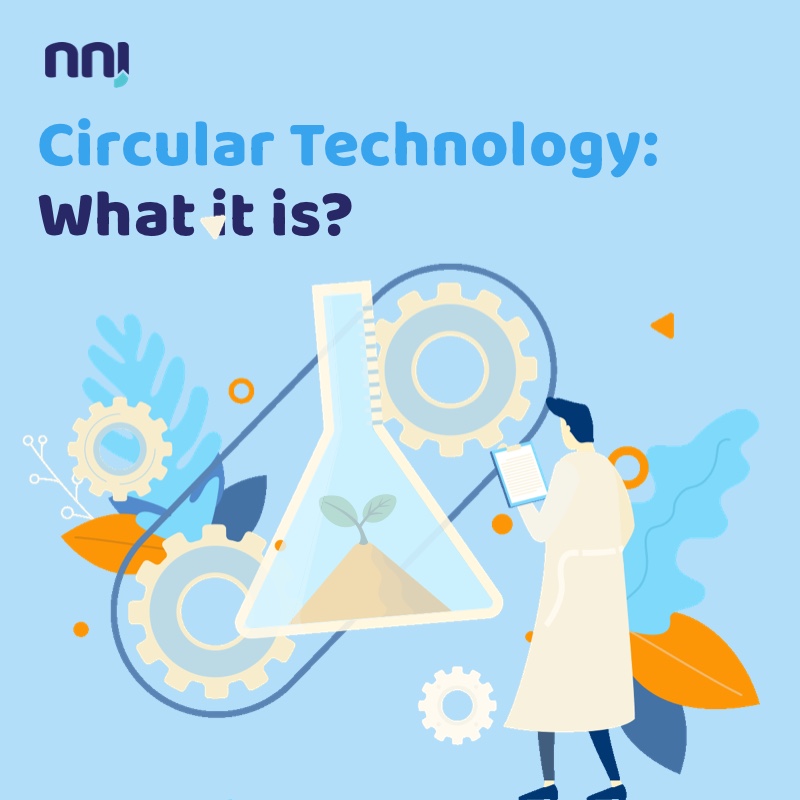The concept of circular technology has emerged as a pivotal driver of responsible innovation and environmental stewardship. With a focus on minimizing waste, maximizing resource efficiency, and reimagining product lifecycles, circular technology represents a paradigm shift that holds the potential to reshape industries and pave the way for a more sustainable future. Let’s explore the transformative power of circular technology and its profound implications for businesses and society.
Redefining Product Lifecycles: Circular technology embodies a holistic approach to product design, utilization, and end-of-life processes. By prioritizing durability, reuse, and recycling, circular technology minimizes waste and conserves resources, thereby reducing the environmental footprint of products and fostering a regenerative economic model.
Resource Optimization: Circular technology leverages innovative strategies such as remanufacturing, refurbishment, and material recovery to optimize the use of resources. Through advanced materials science, smart product design, and closed-loop systems, businesses can create value from used and discarded materials, reducing reliance on virgin resources and promoting a more sustainable and efficient use of raw materials.
Energy Efficiency and Decentralization: Circular technology encompasses energy-efficient practices and decentralized energy systems that minimize environmental impact and enhance overall sustainability. From renewable energy integration to smart energy management solutions, circular technology fosters a transition toward cleaner and more efficient energy usage, aligning with the broader goals of environmental conservation and carbon neutrality.
Digital Transformation and Circular Economy: The integration of digital technologies such as Internet of Things (IoT), artificial intelligence, and blockchain in circular technology fosters transparency, traceability, and efficiency in resource utilization and waste management. By embracing digitalization, businesses can optimize their operations, supply chains, and waste streams, driving greater alignment with circular economy principles and realizing tangible environmental and economic benefits.
Collaborative Ecosystems and Innovation: Circular technology encourages collaboration across industries, academia, and government to catalyze innovations that advance the circular economy agenda. By fostering partnerships, knowledge sharing, and open innovation, businesses can co-create sustainable solutions, drive technological breakthroughs, and accelerate the adoption of circular practices, thereby contributing to a more resilient and regenerative economic landscape.
Regenerative Impact and Social Responsibility: Circular technology underscores the intrinsic link between environmental sustainability and social responsibility. By prioritizing regenerative principles, businesses can create positive social impact, drive community engagement, and contribute to the well-being of ecosystems and local communities, thus aligning their operations with the broader goals of sustainable development and societal prosperity.
As we navigate the complex interplay of technological innovation and environmental responsibility, the integration of circular technology stands as a beacon of hope, empowering businesses to embrace sustainable practices, minimize waste, and drive positive impact across the value chain.
By championing circular technology, businesses have the opportunity to reimagine their operations, products, and services in ways that align with the principles of sustainability, resource efficiency, and responsible consumption.




